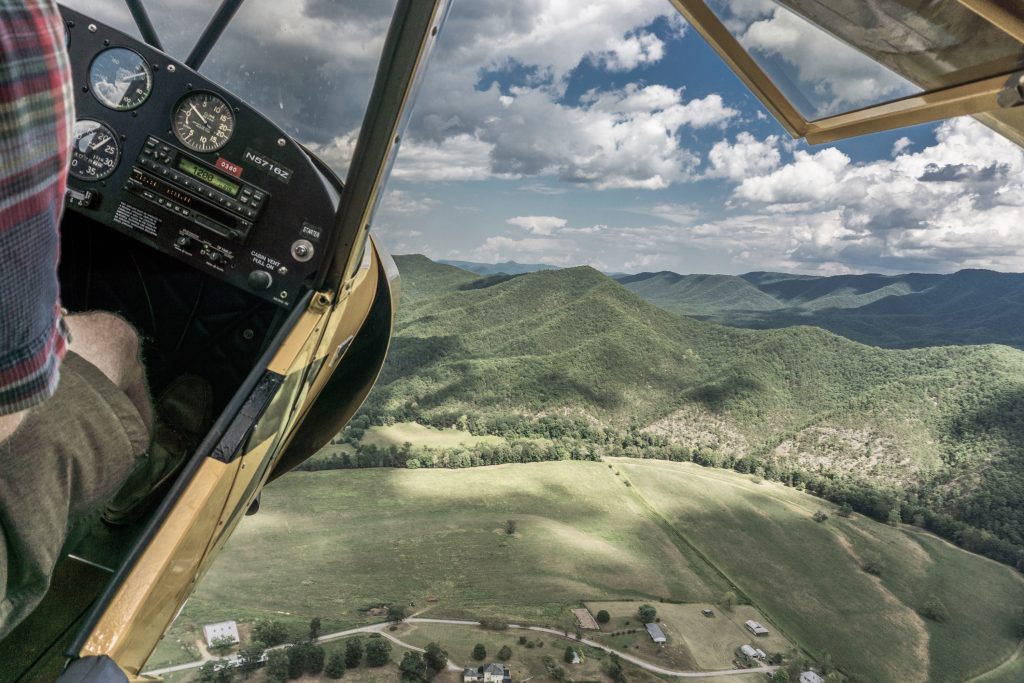
Pitch for What? An Energy Management Discussion.
Pitch for What? An Energy Management Discussion
Instructors should encourage a holistic understanding of aerodynamics and energy management instead of relying on half-true aphorisms which oversimplify something that isn’t all that complicated to begin with.
Energy management is a fundamental part of flying. New pilots hear this but rarely do their instructors fully equip them to understand and apply energy management concepts. Instead, energy management discussions tend to get reduced to blanket statements like “pitch for airspeed, power for altitude.” While this “rule” is sufficiently correct to make a student perform a specific action in one scenario, it is woefully insufficient to help that student develop the holistic appreciation for energy management that pilots need. Worse yet, a pilot could easily misapply the same rule elsewhere in the flight envelope and compromise safety. Our students, who will soon enter a wide range of flying careers — including teaching their own students — deserve better.
Pitch for What?
Let’s ask a room full of instructors how to fly an approach. Instructor #1 says “pitch for airspeed, power for altitude.” Instructor #2 says “power for airspeed, pitch for altitude”. Instructor #3 says “pitch for airspeed, power for altitude in a Cessna 172, but power for airspeed, pitch for altitude in a 737.” Instructor #4 says “ah, you all make it too complicated! Pitch for airspeed, power for altitude on the back-side of the power curve, and do the opposite on the front-side.” It’s easy for a new student to be left scratching their head wondering what specific phrasing they need to be ready to spit out to a check pilot when it’s evaluation time.
But, as most pilots eventually realize, energy management is a single thing, and pitch and power are always interconnected. Reducing this truth to platitudes about what controls what encourages pilots to mentally separate lateral and vertical control. It’s the difference between thinking “Oh, we’re fast, better reduce the power…now we’re low! Add power! Now we’re fast again!” and “I’m fast, but my vertical alignment is fine. I’ll reduce power and wait a bit.”
What if we ditched the platitudes and did two relatively simple things instead: first, develop students’ understanding of aerodynamics and the chain-reactions that develop from changing aircraft states; and second, explain “big picture” energy management principles.
A Simple Scenario
We are in cruise flight. The airplane is precisely trimmed as we hum along at 120 knots. Just then, ATC requests we increase speed to 130 knots for traffic. Ok, easy enough.
What do we do? If we are experienced, especially in the aircraft type, the action sequence might look effortless. A small power change, a trim adjustment, and we’re back to staring out of the window.
If we are inexperienced, this could be a lot more “fun”. We increase power — a good start: but we fail to realize the pitch change that will result. The exact type of pitch change that will result depends on the aircraft itself, especially on the location of the engines relative to the center of gravity (CG). But let’s say in our airplane, like many, a power increase will induce a pitch up. We’re now in a slight climb. But we’re focused on the airspeed indicator. So, by the time we reach 130 knots, the airplane is 150 feet high. Better pitch down! Now we are nearly back to our initial altitude, but our airspeed crept up to nearly 140 knots! Ok, let’s pull the power back…
When pilots don’t understand aerodynamics well enough to anticipate changes in aerodynamic forces, there are two major ways that flying tasks are accomplished:
- Incredibly slowly by oscillating until eventually settling where we want to be.
- Through repetition by making one very specific action again and again in the same make and model under similar conditions.
If instead, pilots understand that (in their make/model) an increase in power will result in more thrust forward of the CG, greater tail-down force, increased lift over the wings, and a change in spiraling slipstream pressure, they can correct immediately. By adding power, applying forward pressure, adjusting rudder pressure, reducing power as they near target speed, and trimming to relieve control pressure as necessary, they return to a hands-off state much faster, meaning they maintain much higher situational awareness. And, it’s far more fun to fly this way.
Our scenario above is a simple example, but the same principles apply all the time. Fortunately, physics at this level is fairly predictable.
Anytime we do just about anything in an airplane, the aerodynamic forces are changing. An infinite number of corrections are necessary to keep the airplane moving along our desired path through space. We make the corrections finite by the sensitivity of our instruments and senses: get the airplane set up right, trimmed perfectly, and the tiny little fluctuations are so small our instruments can’t show us the difference. Precision! And although pilots don’t often identify this sharp flying with energy management, that’s what it is.
Energy Management
For purposes of a big-picture energy management discussion, there are essentially two types of energy: kinetic and potential.
- Kinetic Energy is momentum. Our speed multiplied by our mass. How fast and heavy we are at a given moment.
- Potential Energy is the energy that can be converted into kinetic energy. In an airplane, namely altitude.
Flying is a precise, intentional, and even artistic exchange between kinetic and potential energy.
The Toolbox
For many of us, what makes flying fun is the bajillion ways we can adjust, or reverse our energy exchange rate. We can change power, add flaps, lower the gear, and use flight spoilers. But the list doesn’t stop there:
We can also climb or descend at a speed intended to maximize or minimize drag. We can change our angle of attack (AOA) to add lots and lots of drag, or reduce it and fly as efficiently as possible. We can turn, even in circles, to lose altitude while staying in the same spot. Or we can gently widen a turn to correct for a slightly-too-high approach path.
And we can do all of these at once.
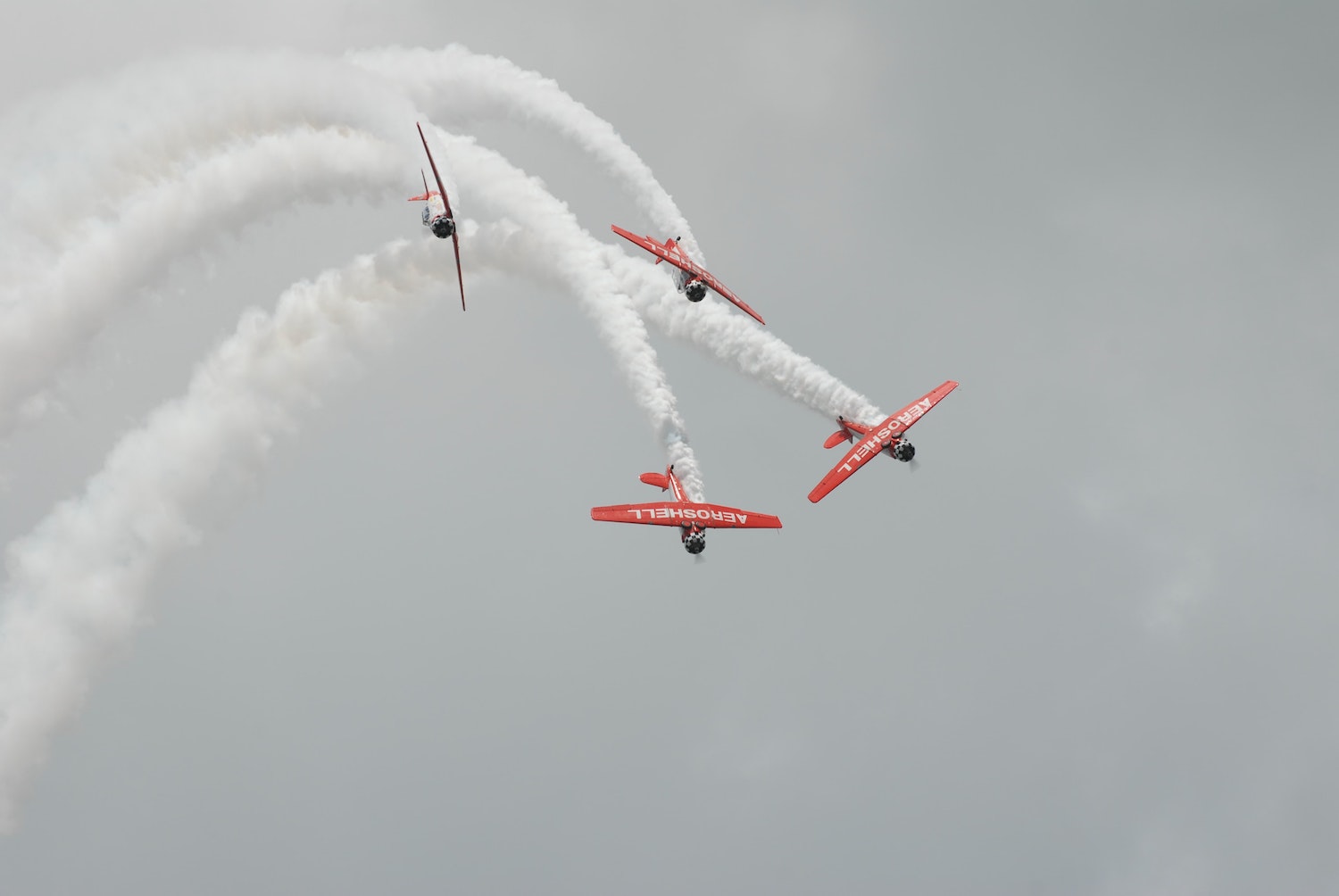
The energy management toolbox has very fun applications.
An Approach
An approach is simply a choreographed exchange of potential energy. But here’s the kicker: we must arrive at the runway with an acceptable level of kinetic energy. We have an energy target, which guarantees two things:
- A level, 1G AOA high enough to allow our mains to touch first.
- Kinetic energy low enough that we can stop the airplane with room to spare.
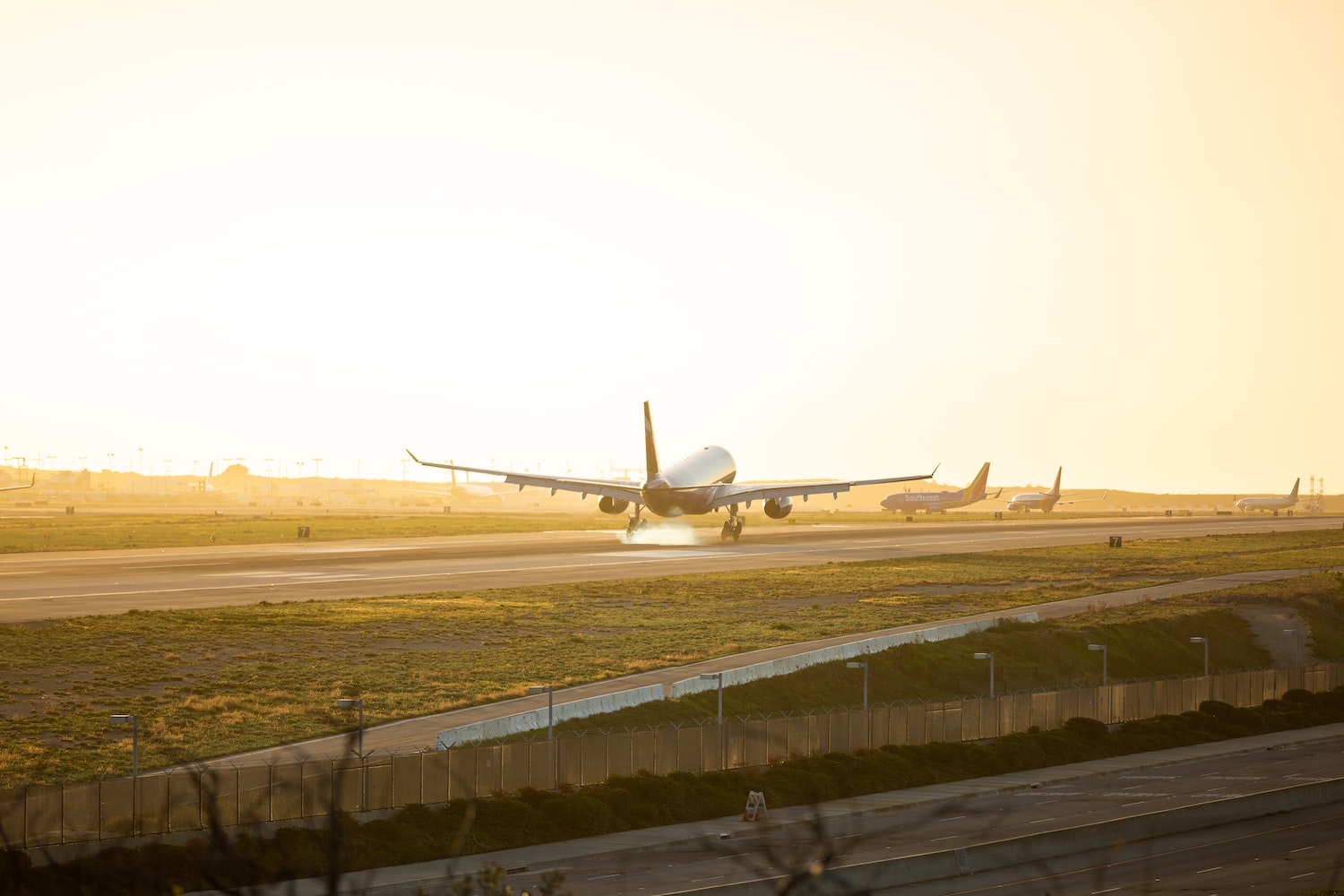
Kinetic energy at landing must be low enough that we can land on the main gear first.
Stabilized Approach
The ~3° stabilized approach is the “blueprint” we use to fly a standard approach. It works well for most airplanes with power. There is nothing magical about 3° but it’s an accepted standard that we are all familiar with. It’s also a reference line.
If we are 30 knots fast and well below approach path, what is our energy situation? Unless we are experienced in the make and model, we don’t exactly know. Maybe we can do a 1:1 trade-off, increasing pitch to return to approach path while leaving power untouched. But maybe we can’t.
What if we are 30 knots fast and on approach path? Now we have a better understanding. We are in the right place, just at the wrong airspeed. We will be able to make a more accurate correction.
We’ll reduce power, adjust pitch as necessary to stay where we want to stay, and hopefully get back to our target speed. If not, we’ll go around.
And, if go around isn’t an option — if, for instance, we have an engine failure — we have a whole aerodynamic toolbox available. We can do S-turns to crank up the AOA while slowing our track to the runway. We can adjust flaps, or gear if that’s an option. We recognize we have too much energy, and that we need to get rid of it.
Or maybe we realize our runway is 8,000 feet long and we can just land halfway down it.
When we think with an energy management mindset, we form good habits that allow us to take intelligent action when we don’t have time to think. And the more we practice, especially in a specific make and model, the better we can judge each situation and intuitively know what action to take.
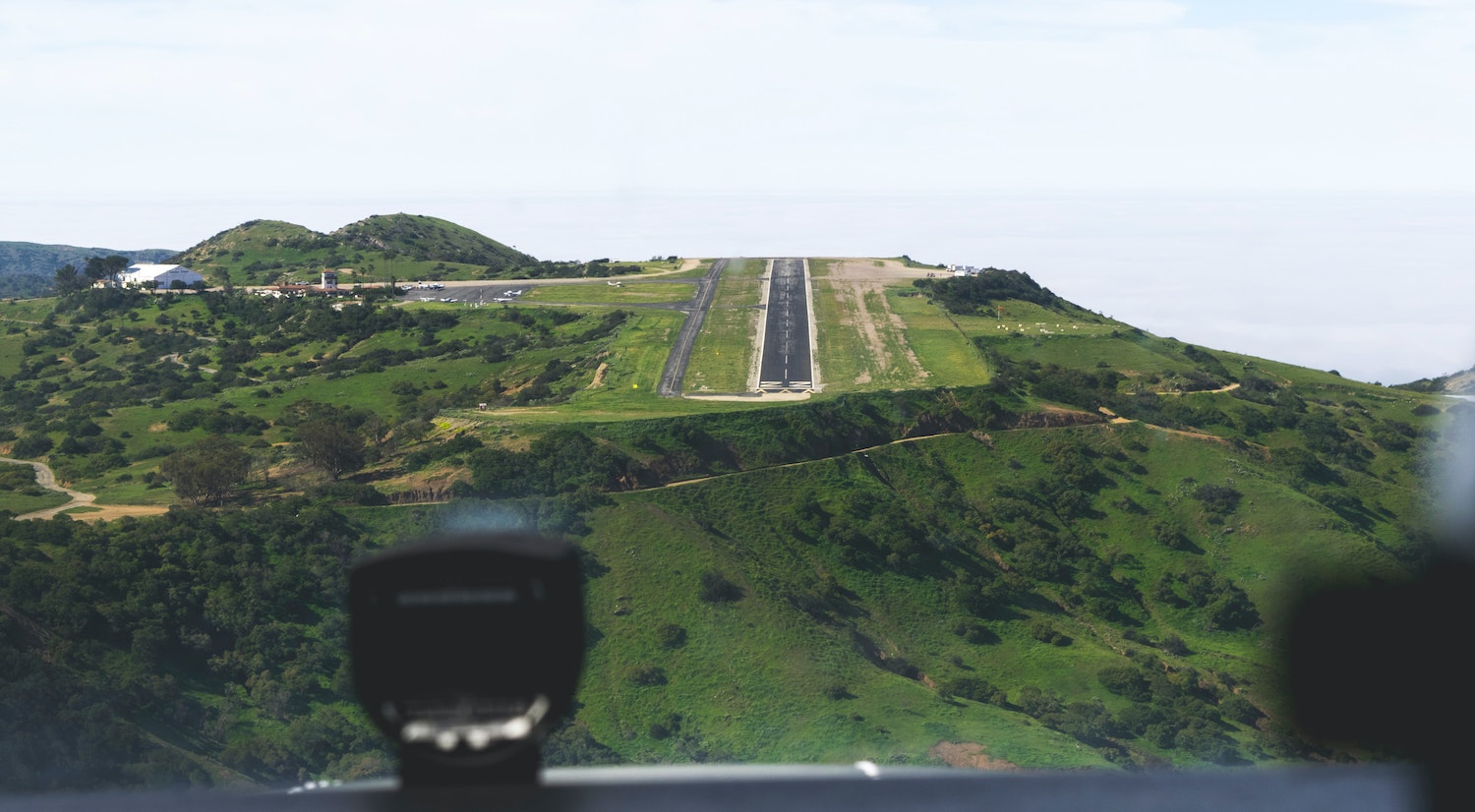
An energy management mindset makes a pilot the master of their airplane, making it go where, and do what, they want it to.
This discussion unintentionally begs the question “why fly a stabilized approach?” Pilots like the late, great, Bob Hoover demonstrate the physical silliness of believing a traditional 3° stabilized approach is some airplane-derived requirement. Our airplane could care less about how it arrives over the threshold with the proper kinetic energy.
We don’t fly stabilized approaches for our airplanes. We do it for ourselves.
The reason we fly a stabilized approach is that we are human, and without lots and lots of experience — and even then — it’s hard to get the airplane where we want it without referencing some kind of standard, especially at the high level of safety we’ve come to expect in a professional flying environment. We fly stabilized approaches for the pilots, not for the airplane.
You’re on Final And…
A few weeks ago, I heard a reiteration of the age-old question. Do we pitch for airspeed or power for altitude?
Our students are not dumb. Many, even just a few lessons in, can grasp that not all is right with the simple explanations we give them. Students should be encouraged to dive in and consider these concepts and round-out the knowledge in their heads. And we should foster that from the get-go.
When we fail to show our students the bigger picture, we create poorly-programmed robots, who are likely to take improper action at just the wrong time. In flying, the consequences of such an event can be severe.
Teaching — really teaching — aerodynamics and energy management empowers our students to develop into the pilots we want them to be. Pilots who fly intuitively and think ahead, who (with the right personality) apply this knowledge to operate within a safety framework that recognizes human limitations.


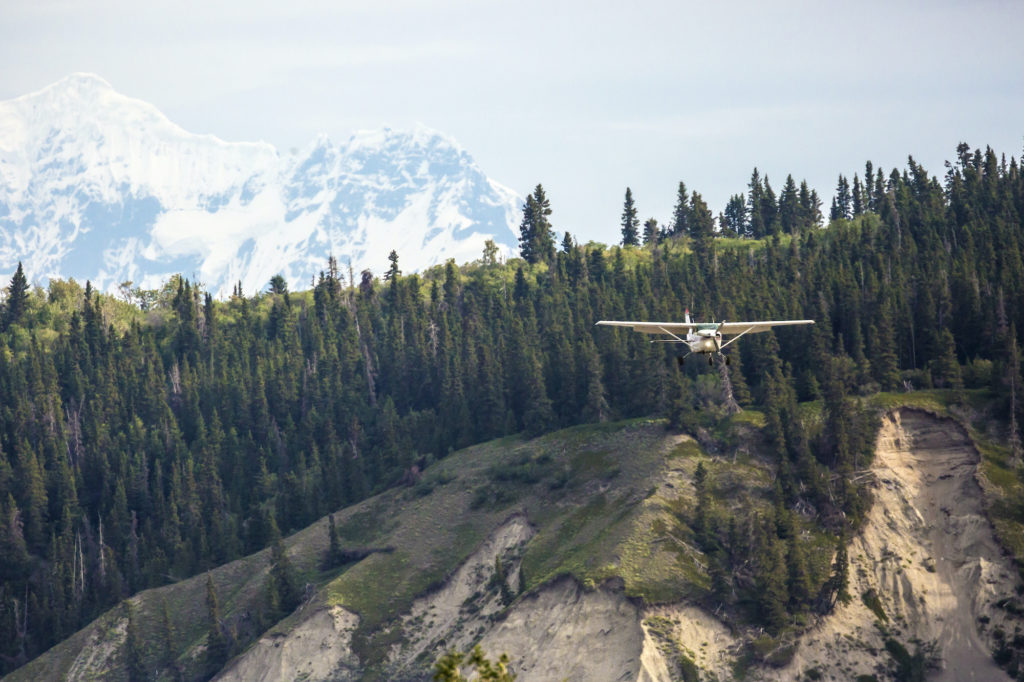

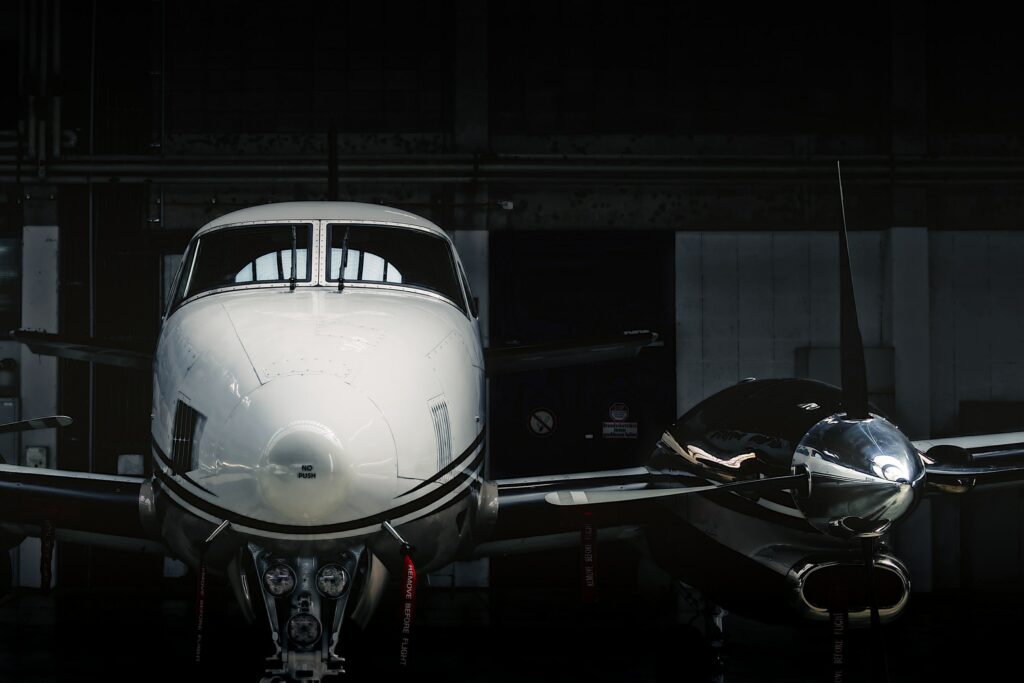

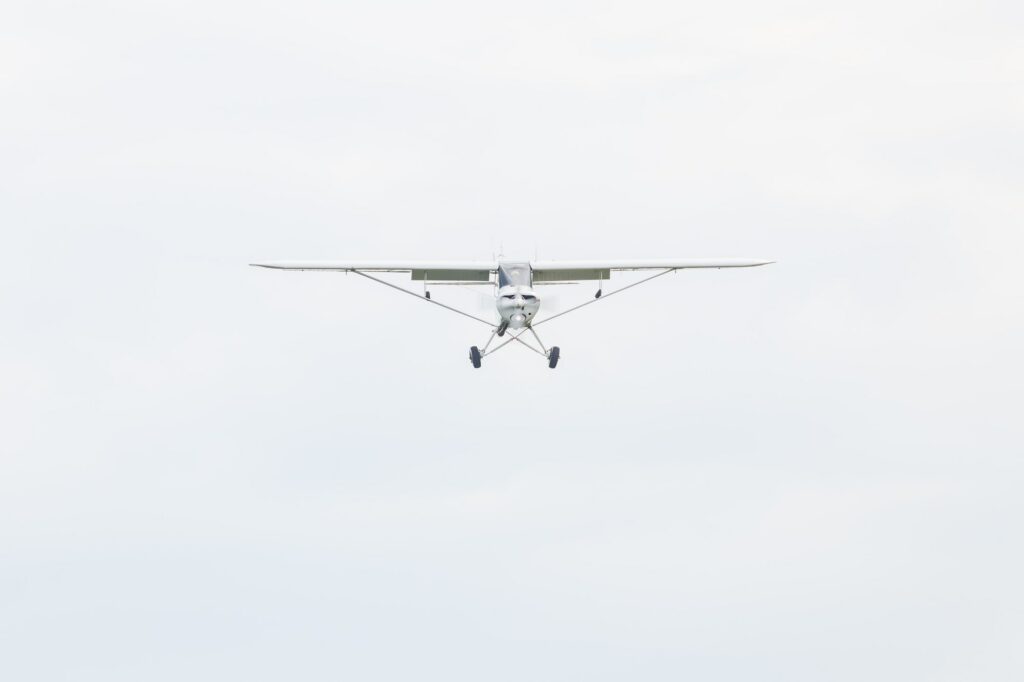
Responses